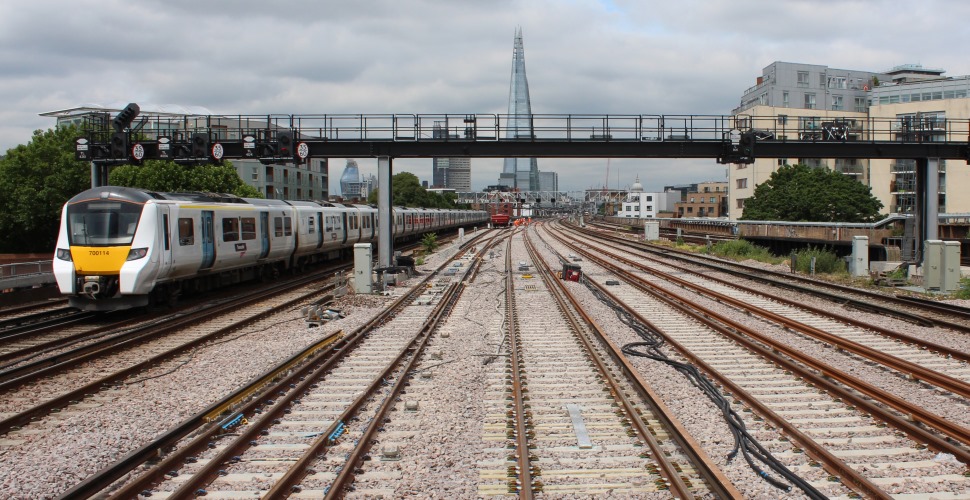Leaves on the line make rails slippery and cause trains to experience reduced adhesion. This can lead to wheel slip when the train is taking power, and wheel slide when the train is braking. Flat spots occur when a rail vehicle’s wheelset is dragged along the rail after the wheel/axle has stopped rotating. Flat spots are usually caused by use of the emergency brake, or slip and slide conditions that cause wheels to lock up while the train is still moving. Flat spots are more common in the autumn and winter when the rails are slippery, but can also be caused by faulty brakes or wheelset bearings.
A good example of an extreme situation caused by a wheel flat is with Metro-North Railroad in New York, where a flat generated so much ‘out of balance’ force in its axle that the axle broke, sending the wheel into the Hudson River. The consequence could clearly have been considerably worse as the trains travel on a viaduct through Manhattan on their way to Grand Central Terminal. The Federal Railroad Administration (FRA) therefore mandated that Metro-North should do regular visual inspections of its wheels. This is no easy task as it represents a total of 13 miles of tread surface to be inspected for defects daily! Instead of implementing the visual check approach, Metro-North chose a significantly more efficient, Automatic Inspection System (AIS) in the form of WheelChex®, which consists of 32 Vortok MultiSensors™ in each of four tracks in the Park Avenue Tunnel under Manhattan; a total of 128 sensors per installation. Unlike traditional AIS that use bonded strain gauges, which are difficult to install and require high maintenance, the Vortok sensors are embedded in the rails and form an array which measures the force profile of each wheel as it passes over the system. This force profile is used to determine the roundness and smoothness of each wheel by monitoring the mean weight and peak force (from impacts) of the wheels.
A good measure of the wheel condition is to compute the ratio of mean to peak load and express this as a simple number. Anything above a ratio of two is noteworthy and is passed to train maintainers, and anything above five is an emergency, which sees the train stopped as soon as it is safe to do so. This information, combined with analysis of the wheel data, has allowed Metro-North to instigate a wheel management system that allows wheel flats to be measured early and then to track the condition of any wheel damage over time.
The full article first appeared in Rail Engineer. See: https://www.railengineer.uk/2017/10/17/detecting-wheel-flats-and-more/
